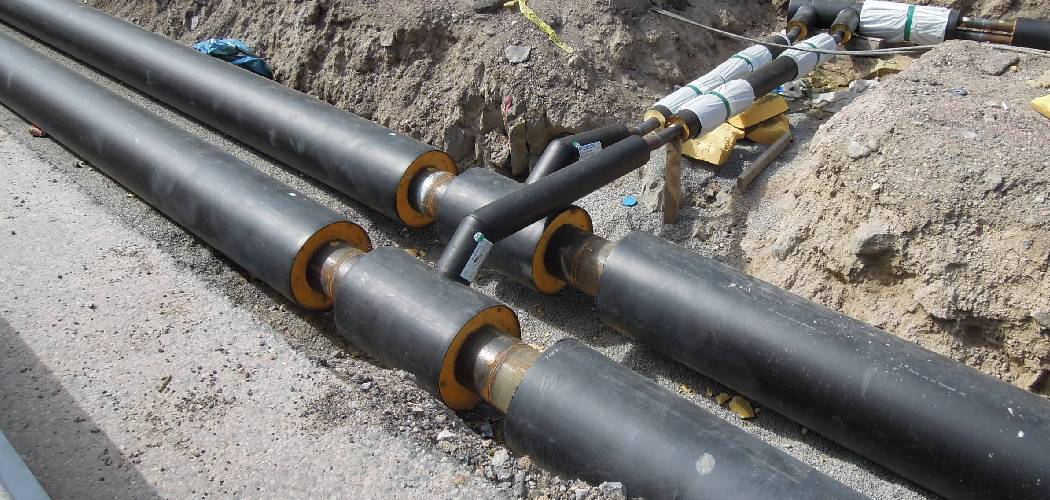Connecting two horizontal drain pipes is a common task in plumbing, whether you’re renovating a bathroom, kitchen, or working on a new construction project. Properly joining these pipes is crucial to ensure the efficient and leak-free passage of wastewater.
In this article, we’ll delve into how to connect two horizontal drain pipes. Whether you’re dealing with PVC, ABS, or cast iron pipes, understanding the right techniques and using the correct fittings is paramount.
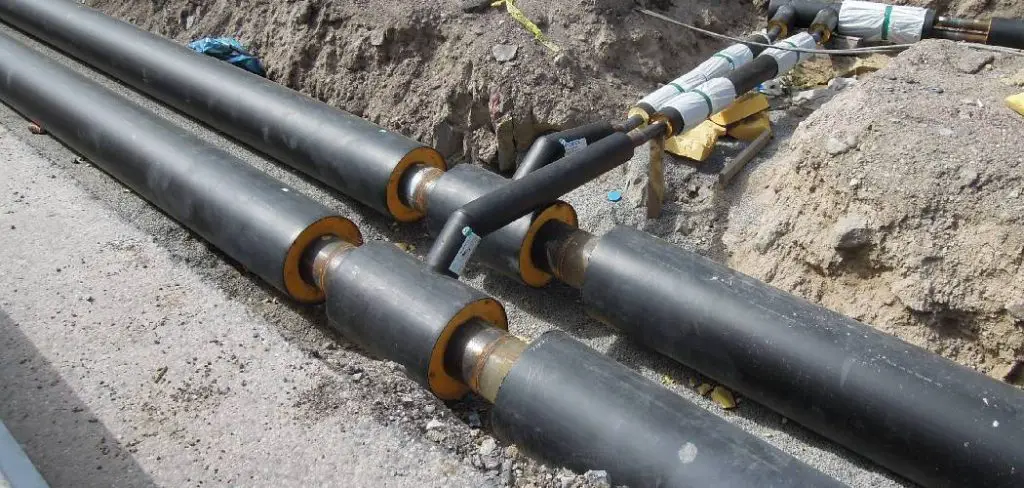
From measuring and cutting the pipes to choosing the appropriate connectors and seals, we’ll guide you through the process to create a durable and secure connection. Whether you’re a DIY enthusiast or a professional plumber, mastering the art of connecting horizontal drain pipes is a valuable skill that ensures the smooth flow of water and prevents potential leaks and drainage issues in your plumbing system.
Importance of Connecting Horizontal Drain Pipes
Connecting horizontal drain pipes is a crucial step in plumbing installations. It ensures proper flow and drainage of wastewater, preventing potential water damage and health hazards.
Inadequate or incorrect connection of horizontal drain pipes can lead to clogging, leaks, and backflows. This can cause serious damage to your property and pose a risk to your family’s health. Therefore, it is essential to understand the importance of connecting horizontal drain pipes correctly.
Proper connection also plays a significant role in maintaining the overall functioning and efficiency of your plumbing system. It helps prevent costly repairs and replacements, saving you time and money in the long run.
Additionally, connecting horizontal drain pipes allows for easy maintenance and cleaning. With proper connections, you can easily access and clean any clogs or blockages in the pipes, ensuring smooth and uninterrupted flow.
Moreover, connecting horizontal drain pipes can also help prevent foul odors from escaping into your home. A correctly connected plumbing system makes it easier for air to properly circulate and prevents any unwanted smells from lingering in your house.
In summary, connecting horizontal drain pipes is crucial for the proper functioning, maintenance, and safety of your plumbing system. It is a vital step that should not be overlooked or taken lightly.
Always ensure to follow proper guidelines and seek professional help if needed to connect your horizontal drain pipes correctly. So, it is advisable to regularly inspect and maintain the connections to avoid any potential issues in the future.
10 Methods How to Connect Two Horizontal Drain Pipes
1. Slip Joint
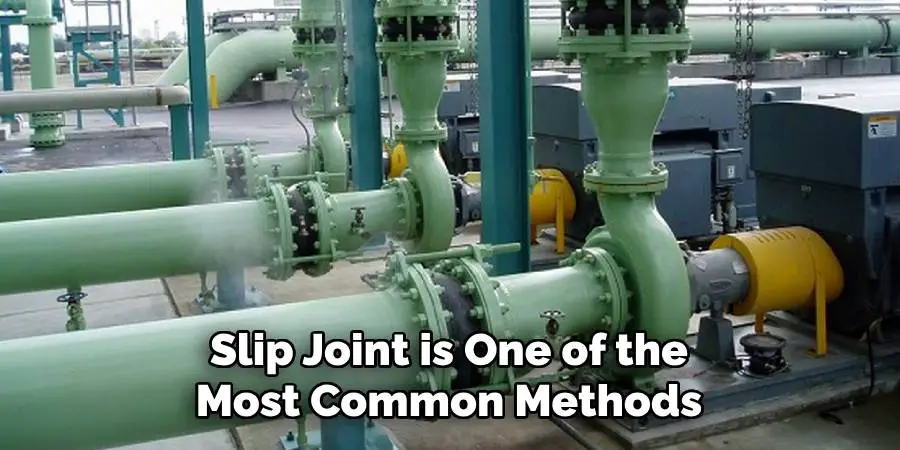
A slip joint is one of the most common methods for connecting two horizontal drain pipes. It involves inserting a rubber gasket between the two pipes and then tightening a nut to secure them together.
This type of connection is relatively easy to install and can be used with both plastic and metal pipes. Some slip joints also come with a compression fitting, which allows for a tighter and more secure connection. However, slip joints are not recommended for use with larger diameter pipes or in areas where there is high water pressure.
2. Compression Fitting
A compression fitting is another popular method for connecting two horizontal drain pipes. This type of connection requires a special fitting that has an internal compression ring, which is tightened around the pipe when it is inserted into the fitting.
This type of connection is often used with copper or brass pipes as it provides a strong, leak-proof seal. Although compression fittings are more expensive than other methods, they offer a high level of reliability and durability.
3. Mechanical Joint
A mechanical joint is also known as a bell and spigot joint, and it involves using a special fitting that has an external sleeve that fits over the pipe ends when they are inserted into the fitting.
The sleeve compresses against the pipe ends to create a watertight seal, making this type of connection suitable for both plastic and metal pipes. Mechanical joints are commonly used for underground drainage or sewage systems, as they provide a strong and flexible connection that can withstand ground movements.
4. Solvent Welding
Solvent welding is another method for connecting two horizontal drain pipes, and it involves using a chemical solvent to bond the two pieces together. This type of connection requires that both pieces be made from the same material in order for the solvent to work properly, so it’s typically used with plastic pipes only.
The first step in solvent welding is to prepare the pipes. This involves cleaning and sanding the ends of each pipe to remove any dirt, debris, or imperfections that could prevent a strong bond from forming. Next, you will need to apply a primer to the areas where the pipes will be joined. This helps to soften the plastic and create a better connection between the pipes and the solvent.
5. Push Fit Connection
A push-fit connection is similar to a slip joint but does not require any tools or fasteners in order to make the connection. Instead, all you need to do is insert one end of each pipe into the fitting until they click together securely, creating a watertight seal in just seconds!
6. Heat Fusion
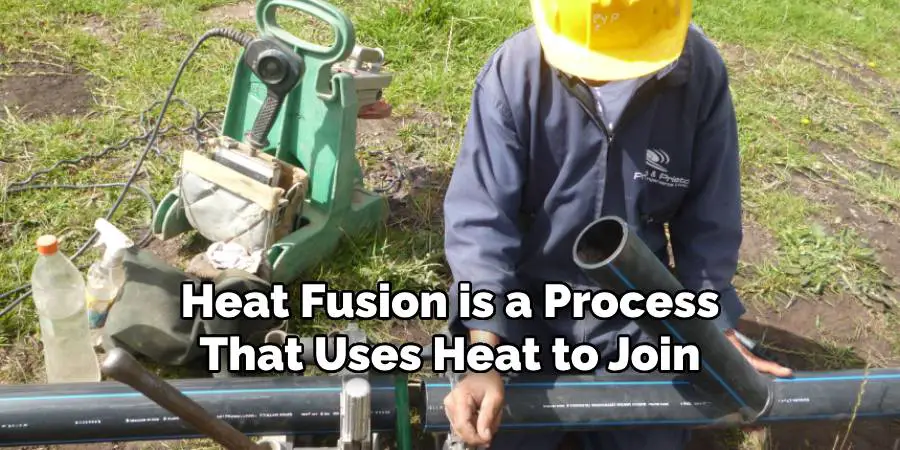
Heat fusion is a process that uses heat to join two pieces of plastic piping together without any additional fittings or connectors required. It’s commonly used with polyethylene piping as it creates an incredibly strong bond between the two pieces without any risk of leakage or failure over time.
7. Threaded Connection
Threaded connections are commonly used when connecting metal drain pipes together as they provide an incredibly strong bond between the two pieces without any risk of leakage or failure over time. This type of connection requires special fittings that have threads on one end, which are threaded onto each piece before being secured with nuts on either side of the fitting in order to create a watertight seal between them both.
8. Flanged Connection
A flanged connection involves using special fittings that have an external flange on one end, which fits over both pieces when they are inserted into either side of the fitting before being secured with bolts in order to create a watertight seal between them both. This type of connection provides an incredibly strong bond between two metal drain pipes but can also be used with plastic piping if necessary!
9. Glued Connection
Glued connections are commonly used when connecting PVC piping together as they provide an incredibly strong bond between them without any risk of leakage or failure over time due to their adhesive properties. This type of connection requires special glue, which must be applied liberally around both pipe ends before pushing them firmly together until they click into place securely, creating a watertight seal in just seconds!
10. Soldered Connection
Soldered connections are commonly used when connecting copper piping together as they provide an incredibly strong bond between them without any risk of leakage or failure over time due to their high melting point. This type of connection requires special solder, which must be applied liberally around both pipe ends before heating them up until they melt together securely, creating a watertight seal in just seconds!
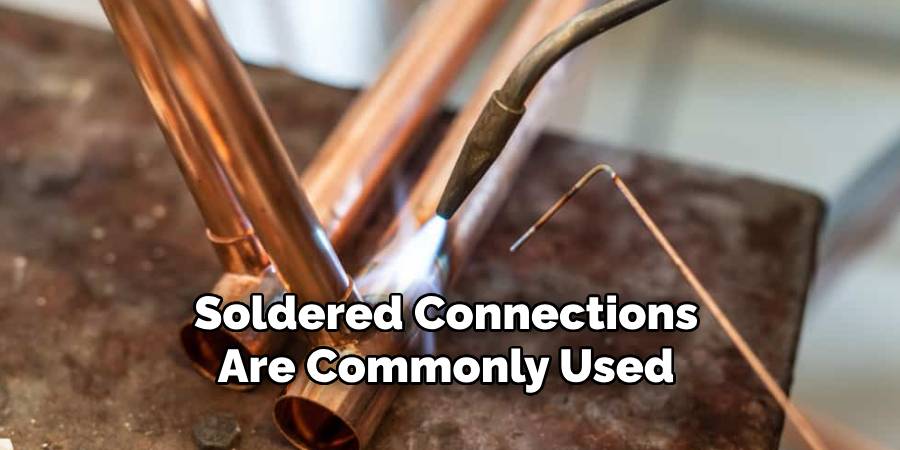
Things to Consider When Connecting Two Horizontal Drain Pipes
Connecting two horizontal drain pipes may seem like a simple task, but there are important factors to consider in order to ensure a successful connection. Here are some things to keep in mind when connecting two horizontal drain pipes.
Material Compatibility
When connecting two drain pipes, it is crucial to use materials that are compatible with each other. For example, if one pipe is made of PVC and the other is made of metal, they may not bond together properly. It is important to check the material compatibility before making any connections.
Pipe Size
Another important factor to consider is the size of the pipes being connected. The diameter of both pipes must be the same in order for them to fit together properly. If one pipe is larger or smaller than the other, it may lead to leaks or clogs in the future.
Slope
Proper drainage relies on having a certain degree of slope in the drain pipes. When connecting two horizontal drain pipes, it is important to make sure that they are both sloped at the correct angle for efficient water flow. If one pipe has a steeper slope than the other, it may cause water to pool or flow too quickly.
Sealant
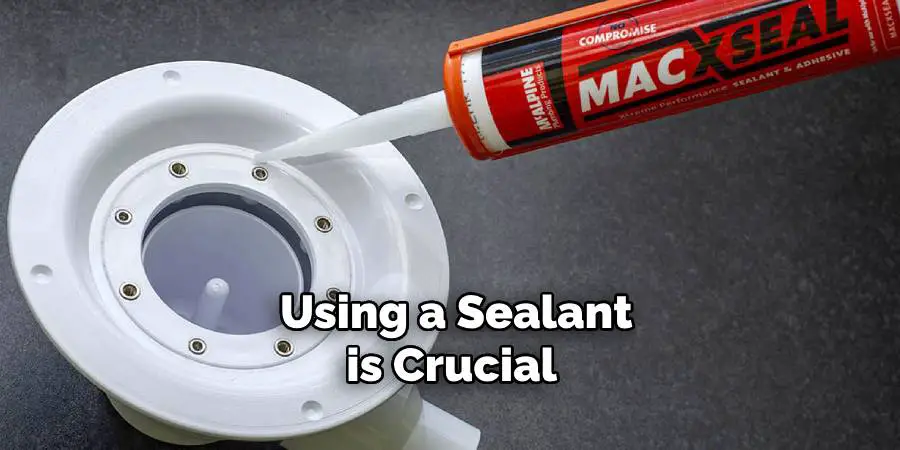
Using a sealant is crucial when connecting two drain pipes. This will ensure that there are no gaps or leaks where the pipes are joined together. It is important to choose a sealant that is specifically designed for use with drain pipes and follow the manufacturer’s instructions for proper application.
Conclusion
It’s clear that connecting two horizontal drain pipes isn’t the most fun task, but with the right tools and knowledge, you can do it yourself. Furthermore, when bonding two pieces of pipe together, make sure to tightly and thoroughly wrap them in pipe joint tape before installing them.
If your pipes are made of metal or plastic, use glue specifically designed for those materials and follow the instructions. Lastly, be careful when joining multiple pipes together as they can easily become disconnected at any time if not properly secured. With the help of these tips we hope you have no trouble finding success in how to connect two horizontal drain pipes. When in doubt remember–taking prevention steps now can save you a headache down the road!

